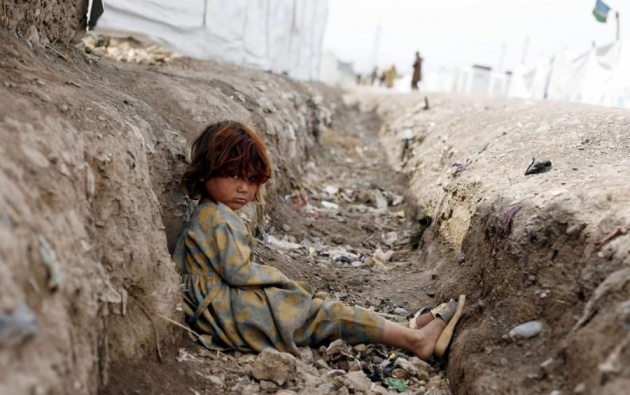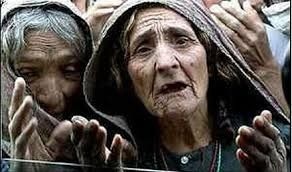Afghanistan is one of the most impoverished nations in Asia. With 36% of its population living below the poverty line, Afghanistan is only second to Bangladesh as Asia’s poorest country.




Poverty in Afghanistan is widespread throughout rural and urban areas. The government estimates that 42 per cent of the country's total population lives below the national poverty line. Another 20 per cent of the people live just above that line and are highly vulnerable to the risk of falling into poverty.
Afghan households tend to be large. They include numerous children and several generations that share the same dwelling. Agriculture is traditionally the major activity for a large portion of the population, but the sector has suffered from nearly 30 years of conflict, low investments and natural disasters. The average size of landholdings is small, and as a result agriculture is rarely the main source of food or income. About two thirds of rural households own some livestock, and farmers also sell their labours.
Why are they poor?
A basic lack of resources affects the majority of Afghans who depend on agriculture for their livelihood. There is little arable land per capital, and climatic conditions are difficult in many parts of the country. Since 1999, recurrent droughts have several affected the livelihoods of rural households, which had already lost many of their assets.
Poverty in Afghanistan is closely related to:
-
the high illiteracy rate in rural areas, where 90 per cent of women and 63 per cent of men are unable to read or write
-
rural people's dependence on livestock and agricultural activities for at least part of their income
-
inadequate land ownership and access to land
-
lack of irrigation infrastructure
Many rural households are poor because they have incurred heavy debts, or because they live in remote, disadvantaged areas, or because they have lost the male head of the household. Often one or more members of the households is disabled.
Thank you




